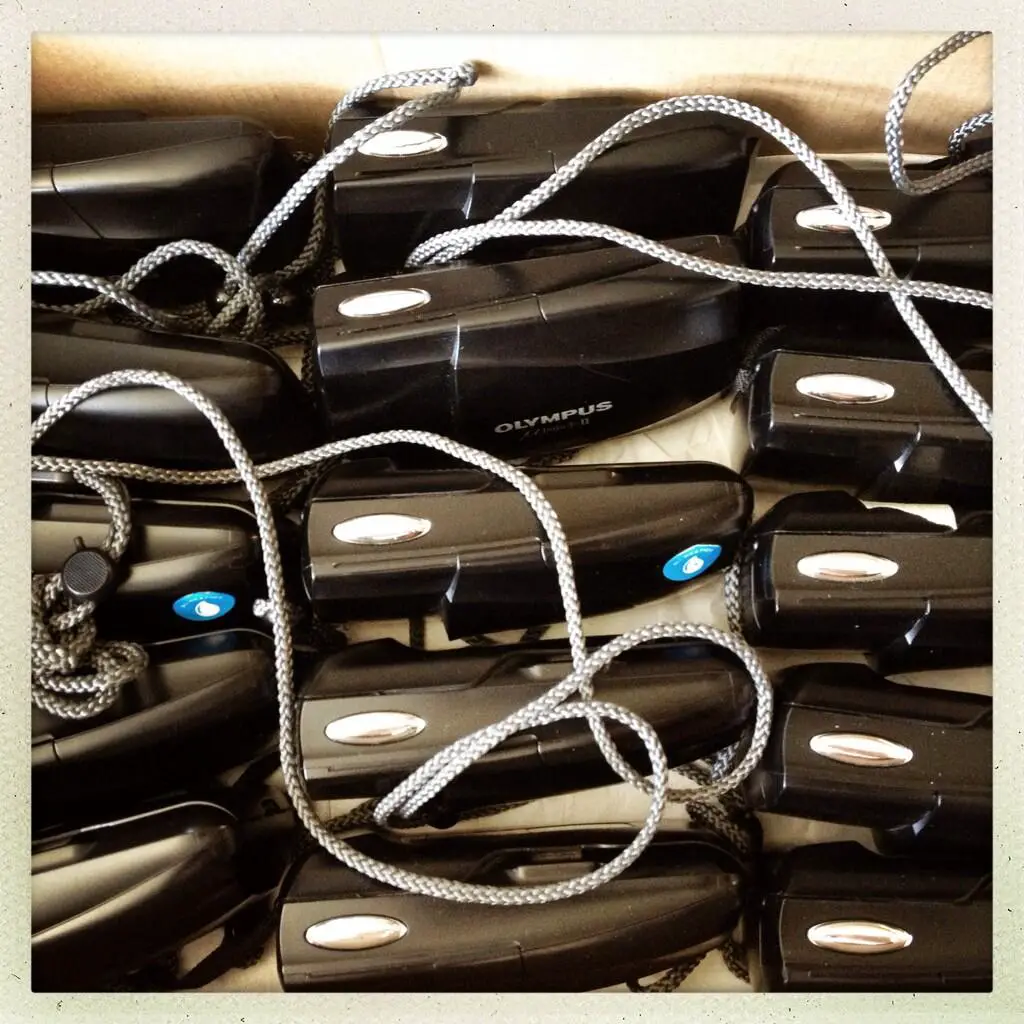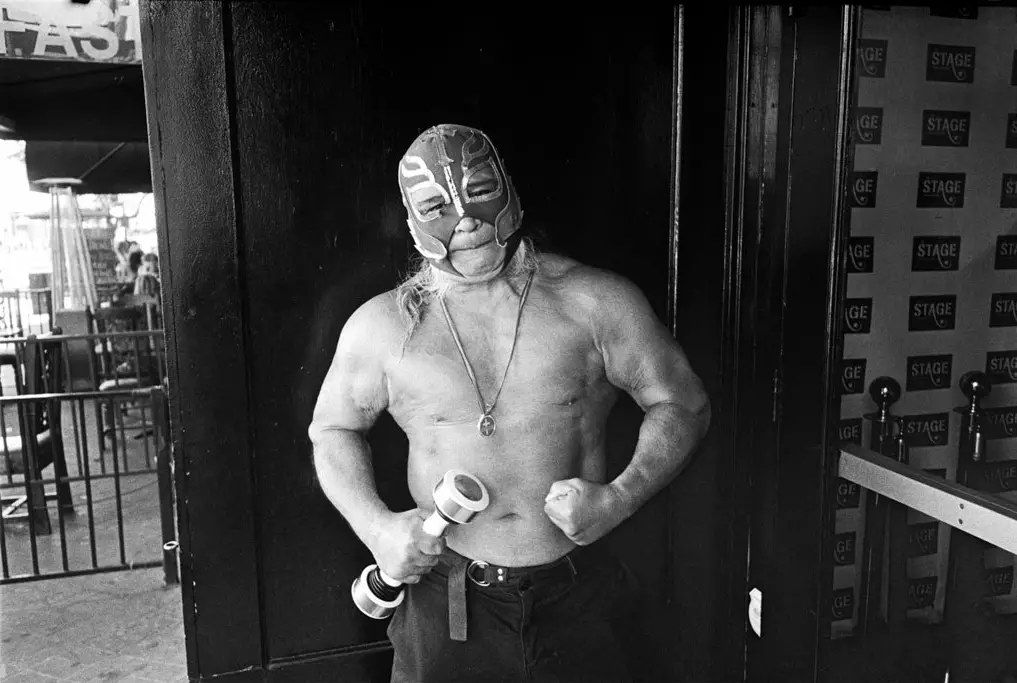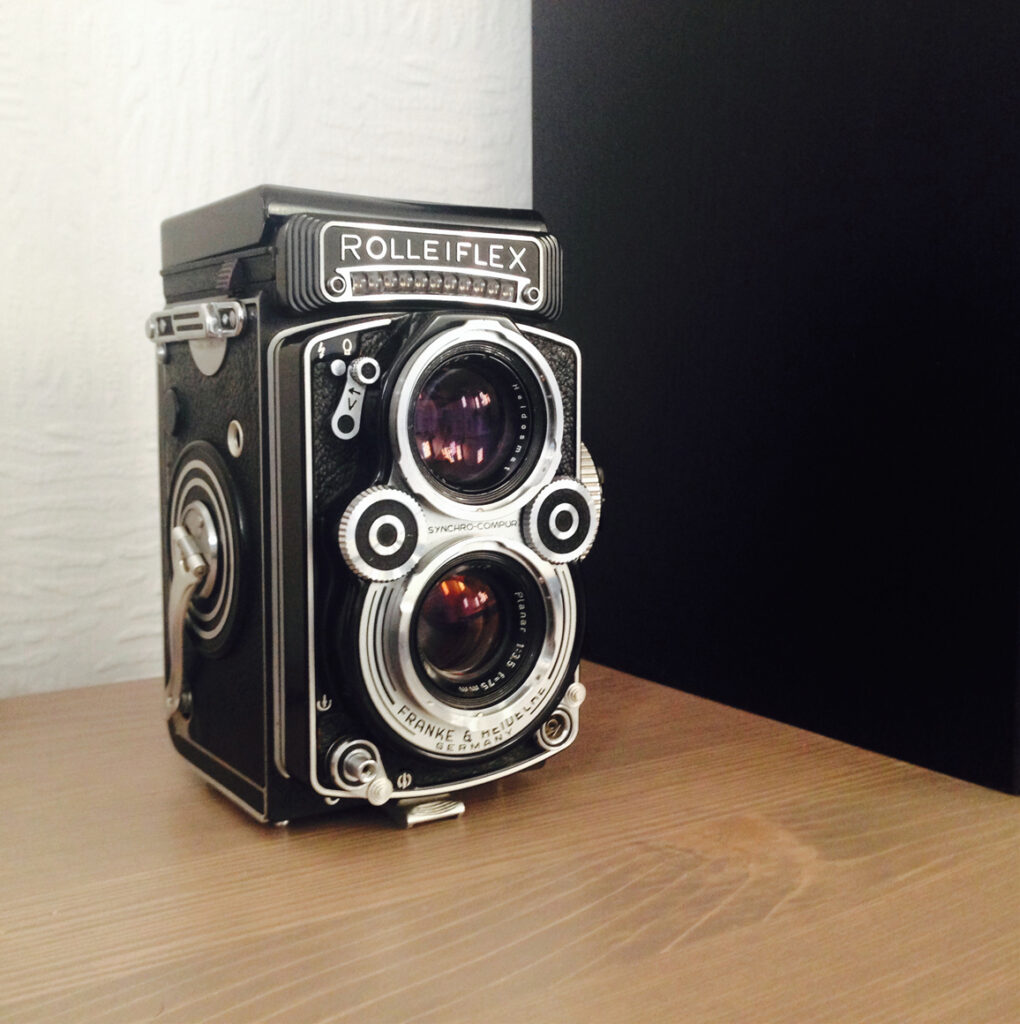First, a bit of background? As much or as little as you are comfortable sharing… Name, Where you are from, what you do, What else in life do you enjoy? that sort of thing?
I’m Troy Holden. I live in San Francisco, California with my wife, 2-year old, and a dog named Jpeg.
My day job is not related to photography, but I’m able to include photography into my day to day work. In my spare time I enjoy classic jazz, Giants baseball games, and cold beer.
How long have you been taking photos?
In 2009, I picked up a compact digital camera as a curiosity. The first couple of years were spent learning the technical elements while experimenting with different camera kits and photographic styles. Sometime in 2011, I narrowed my focus towards candid street scenes and posed portraits.
What sort of photography do you enjoy or partake in the most (street, landscape, etc)
The majority of my photos are shot in public spaces using available light. That includes the streets as well as public transit, civic plazas, beaches, dog parks, flea markets, etc.
More recently I’ve began documenting family life. I imagine that will evolve into a longer term project that touches on many different styles of photography with time.
How big a part of your photography life are 35mm compact cameras?
Most of my photos were shot with 35mm compact film cameras. By using multiple bodies of the same model, I can shoot with several types of film at the same time.
What about the experience of shooting with them appeals to you?
The feature set is limited, so the cameras are straightforward. You are literally pointing and clicking.
Do you feel they have effected your style? become part of it? or are the reason for it…?
I’m able to get physically closer to people on the street while remaining discreet. It’s easier to snap through a scene without disrupting it when your presence and camera go unnoticed.
The tradeoff to the compact size is a fixed focal length and image quality. At first it felt restrictive, but over time I embraced the constraints and imperfections and work within them.
Which is/are your favourite cameras? the one/s that go with you the most?
An Olympus Stylus Epic (mju-II) loaded with Arista Premium 400.

What is it specifically about these cameras that appeal to you so much?
Pocketability and performance. I carry one with me everywhere just as I do a wallet and house keys.
What was the path to this shooting habit? How did you discover it appealed to you?
My first camera was a digital point-and-shoot, the Canon Powershot. Soon after, I bought a full-frame DSLR. Over time I noticed the size of the DSLR was drawing unwanted attention to the fact that a photo was being taken. To work against this I downsized to a Fuji X-Pro1 rangefinder. While much more comfortable with the camera size, the auto-focus and viewfinder were unreliable. My next camera was a Ricoh GRDIII. What a great camera!! Fast, discreet and small enough to fit in my pocket.
Around the same time I started experimenting with shooting and developing 35mm film. A natural transition from the digital Ricoh GRDIII was a compact film camera. I picked up a used Olympus Stylus Epic at a flea market and got great results. I could literally fit this camera in my front pocket and carry it with me everywhere. I’ve been shooting with this model every day ever since.
Show us your favourite/best image/s taken with a compact camera?
I recently started looking at my backlogged 35mm film negatives. I’ve posted a few photos on my Flickr account and will continue to share as I get them scanned:





What films do you shoot with and why?
My workhorse film is black and white 35mm Arista Premium 400. I like the contrast and tonal range it yields and appreciate its flexibility in both exposure and development.
For color 35mm photos, I prefer to use Kodak UltraMax 400 or Fuji Superia Xtra 400 — whatever is cheapest.
How, where, why do you process and or print your photos?
For digital files, I use a combination of Lightroom, Silver Efex Pro, and Photoshop.
35mm black and white film is hand developed using Kodak HC-110 and scanned to a digital format using a Plustek scanner and VueScan software.
All other formats of film get developed at Photoworks, a great San Francisco photo lab.
The workflow for each image depends on the information the RAW file or scan contains. I generally keep the overall adjustments to a minimum.
What other cameras/type of camera do you regularly shoot with and why – what situations require something else/more if any?
Each format has its own strengths and weaknesses. Once you become familiar with what those are, it’s easier to identify the best camera for the shot.
For example, 35mm closely replicates what the human eye sees. Medium format creates beautiful portraits of family and friends. 110 format works well on frames where you wish to reduce the amount of details. Instant film presents its own set of weak and strong points.
And thats the lot I think, as I say, if you have more, feel free to add!
Thanks for the questions Hamish! If you’re ever in San Francisco, let’s get a few beers.
I don’t have or need a portfolio, but do post my photos and follow like minded photographers in the following places online:
Share this post:









Comments
The Olympus mju-ii – is it the Ultimate Point & Shoot? on 35mm Compact Photographer #4 – Troy Holden – A mju-ii man
Comment posted: 30/08/2013